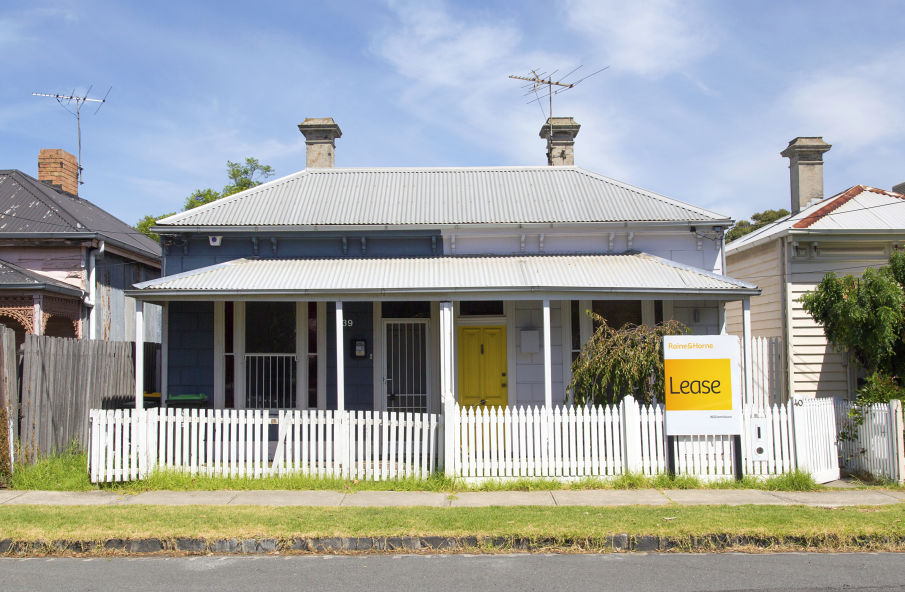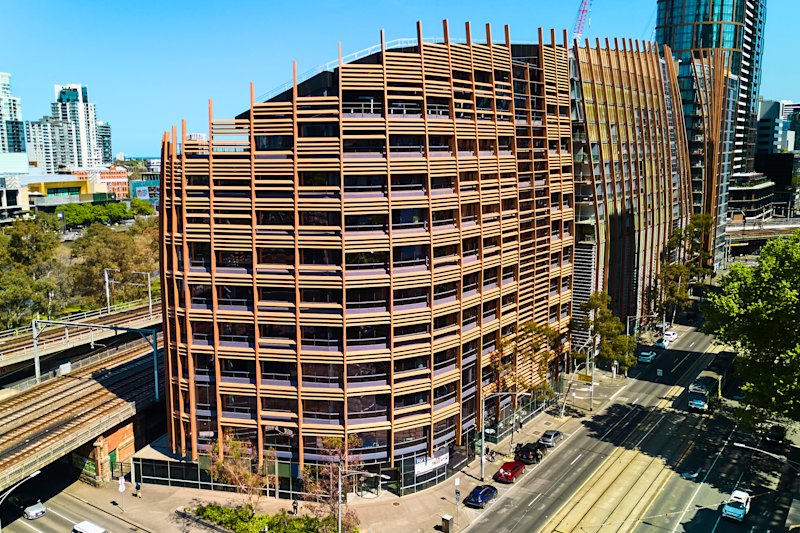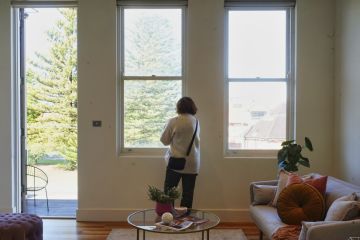Rental vacancy rate: inner-city Sydney, Melbourne rental markets pick up as new tenants move in

Rental markets in Australia’s two largest cities have staged a comeback, with the number of available inner-city rental properties halving since the depths of the COVID crisis as new tenants move in, new data shows.
Although CBD rental vacancy rates are still elevated, it’s a marked turnaround from the doldrums of 2020, when the coronavirus pandemic prompted Australia to close the borders to international migrants and students, a large part of the rental market.
And, around the country, Domain senior research analyst Nicola Powell said most capitals were now at pre-pandemic vacancy levels, with the broader Sydney market on par with February last year.
It’s a challenge to find a rental property in Perth, Canberra or Hobart, for example.
“Vacancy rates remain tight across all cities apart from Sydney and Melbourne,” Dr Powell said.
Overall, Sydney’s vacancy rate was 2.6 per cent in June, down from 3.5 per cent in June last year, Domain’s Vacancy Rate Report, June, released Thursday, revealed. The inner-city vacancy rate halved from 5.6 per cent at the same time last year, to just 2.7 per cent last month.
Melbourne was the only city to record a rise in overall vacancy rates since last year, to 3.6 per cent in June. This was slightly higher than last year’s 3 per cent, but well down from the high of 5.4 per cent it reached in December.
Melbourne’s inner-city rental vacancy rates fell — recording a 7.4 per cent vacancy rate, down from 9.1 per cent at this time last year. Melbourne CBD reached a vacancy rate north of 13 per cent towards the end of its long 2020 lockdown.
“I do think it is a signal the cities are repopulating,” Dr Powell said. “Part of the reduction in available rents in Melbourne and Sydney could also be due to investors tapping out of the market and selling to owner-occupiers.”
| City | June 2021 | May 2021 | June 2020 |
| National | 1.6% | 1.7% | 2.1% |
| Sydney | 2.6% | 2.7% | 3.5% |
| Melbourne | 3.6% | 3.8% | 3.0% |
| Brisbane | 1.3% | 1.3% | 2.5% |
| Perth | 0.8% | 0.8% | 1.5% |
| Adelaide | 0.5% | 0.6% | 1.0% |
| Hobart | 0.5% | 0.4% | 0.9% |
| ACT | 0.8% | 0.8% | 1.2% |
| Darwin | 0.6% | 0.5% | 2.2% |
Harcourts Melbourne City director Dionne Wilson said tenants were now taking advantage of cheaper rents to move out of home, and even away from regional areas.
Rents had, on average, fallen between 30 per cent and 35 per cent depending on the property, Ms Wilson said, opening up the opportunity for some to be able to afford to rent.
“We’re hearing so many people talk about the exodus of people from the city to regional areas but they are moving back,” she said.
“A few people were saying to us that they’d moved down to the Mornington Peninsula because it was quiet, but so many people are there now it’s not so quiet anymore, so they’re moving back too.”
New tenants included those who were renting while they renovated their homes, taking advantage of the federal government’s HomeBuilder grants.
“The numbers are fantastic actually,” she said. “At the peak of the worst [of COVID-19] we had a vacancy rate of 38 per cent, now we have close to 17 per cent,” Ms Wilson said. “It’s a massive improvement.”
“I think once the vacancy rates fall by 10 per cent more — to between 5 per cent and 7 per cent we’ll see rents start to climb again,” she said.
While it’s good news for some, for others, the tightening rental market is adding to financial stress they are under, particularly those in the 75 and older age bracket.
New data from the Australian Institute of Health and Welfare revealed the number of people aged 75 and over had been pushed into rental stress, that is, spending more than 30 per cent of their income on rent, even when they are receiving Commonwealth rental assistance.
Council to Homeless Persons acting chief executive Kate Colvin said older Australians still in rent stress, increased from 40,562 to 45,199 households between 2019 and 2020, an increase of 11 per cent.
“It has been driven by the fact that rents have been increasing really rapidly and are increasing faster than CPI (consumer price index),” Ms Colvin said.
Those over 65 had been the fastest rising age group looking for assistance from homelessness services, many for the first time. In 2019-2020, more than 6500 people who asked for help were over the age of 65, Ms Colvin said.
They often go without — either healthy food or medications — before asking for help.
“The federal government needs to increase CRA to give low-income renters more help to meet the high and growing cost of rents,” Ms Colvin said. “More social housing is needed to create options for people struggling to afford housing.”
We recommend
States
Capital Cities
Capital Cities - Rentals
Popular Areas
Allhomes
More







